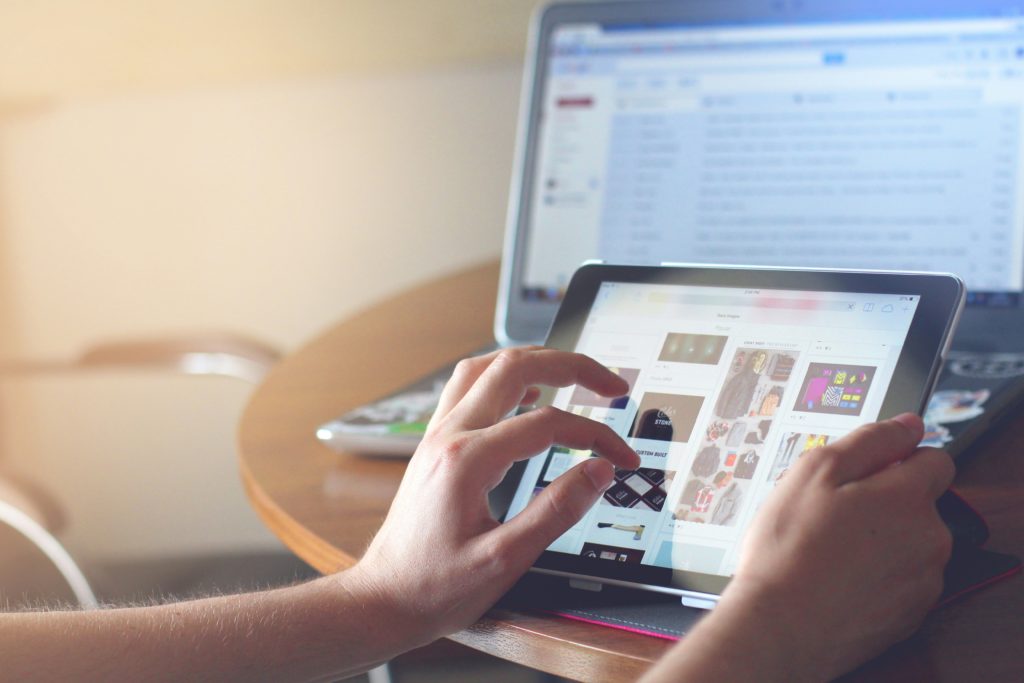
Digital Detox: Balancing Screen Time for Mental and Physical Wellbeing
In the hyperconnected world we live in, surrendering yourself to your smartphone or computer is all too easy. We often forget how important it is to disconnect from our digital […]
In the hyperconnected world we live in, surrendering yourself to your smartphone or computer is all too easy. We often forget how important it is to disconnect from our digital devices for the sake of our physical and mental wellbeing. Today’s article will help you understand why digital detoxification or ‘digital detox’ is essential and how you can accomplish it effectively.
What Is A Digital Detox And Why Is It Important?
A digital detox is a period during which a person voluntarily refrains from using digital devices such as smartphones, televisions, computers, tablets, and social media sites. It’s a time to reduce stress or focus on in-person social interaction in the physical world without distractions from the digital world.
Prolonged screen exposure negatively impacts physical health. It often results in eyestrain, decreased vision, poor sleep, and even bodily discomfort caused by sitting in front of a screen for long hours. There are potential mental health risks too, including increased anxiety, decreased attention span, and feelings of isolation, especially amongst young children and adolescents. Hence, it becomes increasingly vital to balance screen time and proactively incorporate digital detox into our lives.
How To Successfully Implement A Digital Detox?
Progressively Reduce Screen Time: Start by reducing screen time gradually rather than abruptly. Cutting down an hour each day can lead to significant improvements in sleep quality and general health. Make sure to log out of your social media accounts, turn off unnecessary notifications, and keep your phone away at least an hour before bedtime.
- Utilize Technology: Ironically, technology itself offers various tools to help control its use. Applications like Freedom, OFFTIME, and TimeOff can limit screen time, block distracting websites, and monitor digital consumption, ultimately aiding in achieving a digital-life balance.
- Create Tech-Free Zones: Establish areas in your homes like the dining room or bedroom as screen-free zones. Encouraging face-to-face interactions and engaging in physical activities such as playing a board game, reading a book, or participating in outdoor sports can be rejuvenating and help reinforce these boundaries.
- Set Boundaries: Be knowledgeable and vigilant about your digital consumption. Decide specific ‘unplugged’ times like when having meals or spending time with family. Respect other people’s ‘screen-off’ time too, and don’t expect immediate responses to texts or emails during these periods.
- Prioritize Physical Health: Remember to prioritize your physical health. A sedentary lifestyle coupled with excessive screen time can be detrimental. Make time for regular exercise, outdoor activities, stay hydrated, and maintain a balanced diet. Good physical health complements mental wellbeing.
- Practice Mindfulness: Make an active effort to live in the present. Engaging in mindfulness exercises can help you become less dependent on your digital devices. Regular mindfulness practices like meditation, deep breathing, yoga, or simply a walk in the park can improve focus and aid in stress management.
Future Directions In Balancing Screen Time
The digital world is here to stay, and it’s our responsibility to ensure it doesn’t take a toll on our health. Recognizing the need for balance, tech giants like Apple and Google have implemented ‘Digital Wellbeing’ goals and developed applications to help users monitor their screen time. This trend will continue in the foreseeable future, making it easier to disconnect and focus more on our physical and mental wellbeing.
In conclusion, as we forge ahead in this digital age, it’s high time we heed the call for a digital detox. Transforming these tips into action can help you strike the right balance between digital engagement and quality offline time, consequently promoting better mental and physical health. Digital detox is not an escape from the digital world; instead, it’s a strategy to make better use of technology and live a more focused, productive, and fulfilling life. Take the leap towards a healthier digital-life balance today!
Photo by Taras Shypka on Unsplash
Written by AI & Reviewed by Clinical Psychologist: Yoendry Torres, Psy.D.
Disclaimer: Please note that some blog posts may contain affiliate links and Sana Network will earn a commission if you purchase through those links at no additional cost to you. We use all of the products listed and recommend them because they are companies or products that I have found helpful and trustworthy. Our website is supported by our users.
